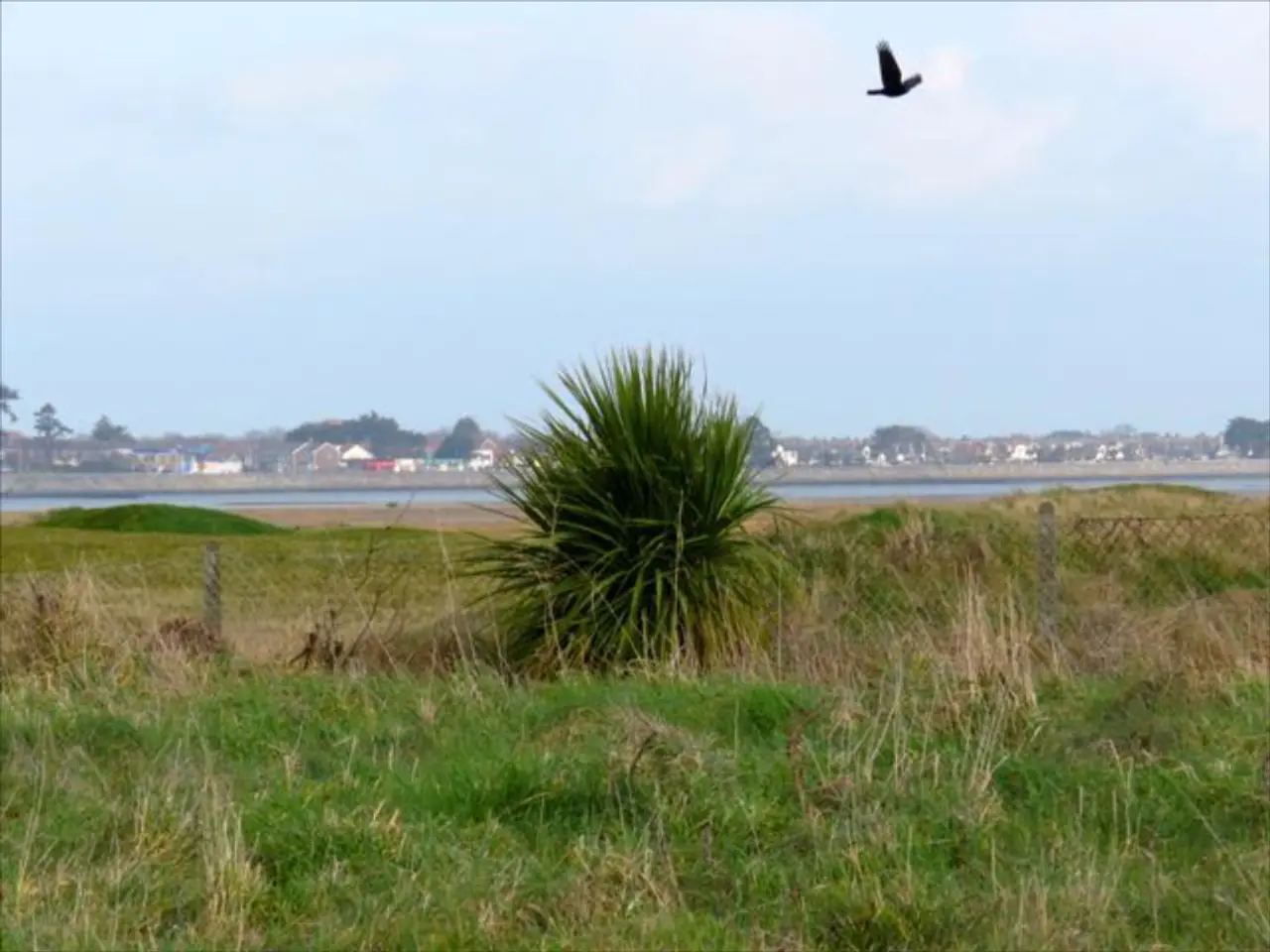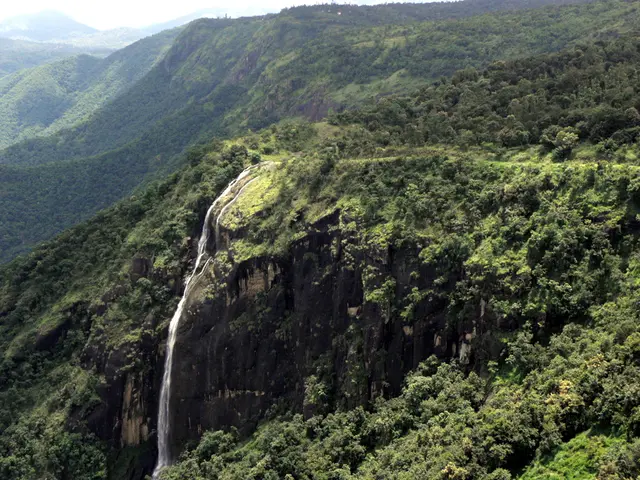Creating a Wildlife Haven in Your Own Backyard: A Step-by-Step Guide
In our backyards and beyond, a myriad of wildlife habitats provide homes and sustenance for a vast array of creatures. Understanding these diverse ecosystems is essential for preserving the delicate balance of life on Earth.
Wildlife habitats come in various forms, each with unique characteristics based on climate, vegetation, and animal adaptations. The most commonly recognized habitats include forests, grasslands, deserts, aquatic habitats, wetlands, and urban habitats.
Forests, such as temperate, tropical, and boreal forests, are densely covered with trees and offer a variety of layers of vegetation. These wooded areas provide shelter for animals like deer, bears, and various bird species. Forests have rich biodiversity and offer complex ecological niches.
Grasslands, both tropical and temperate, are open areas dominated by grasses rather than large trees. These habitats support large herbivores like bison and predators like lions or wolves, depending on the region.
Deserts, including hot deserts, cold deserts, coastal deserts, and semi-arid deserts, are characterized by very low rainfall and extreme temperature fluctuations. Animals such as camels, reptiles, and certain rodents have evolved water-conserving adaptations for survival.
Aquatic habitats, divided into freshwater and marine, host a wide range of organisms from plankton to large mammals like whales. Freshwater ecosystems include rivers, lakes, ponds, streams, marshes, and bogs, while marine habitats encompass oceans, estuaries, bays, intertidal zones, coral reefs, sea floors, and deep-sea zones.
Wetlands, including marshes, swamps, and peat bogs, are characterized by saturated soils and standing water. These ecosystems support distinctive plants like reeds and animals such as amphibians, waterfowl, and aquatic insects.
In our backyards, we can create a wildlife haven by focusing on the four essential components: food, water, shelter, and nesting areas. Birdhouses, bee hotels, and natural spaces like leaf litter can provide shelter for small mammals and various insects. Planting native plants that produce berries, seeds, and nectar will attract a variety of pollinators and provide food for wildlife.
By integrating these components, a backyard can become a welcoming and sustainable refuge for local wildlife. In urban areas, wildlife habitats can also thrive, as long as we provide the necessary resources and create habitats that cater to the needs of urban wildlife species.
References: [1] National Wildlife Federation. (n.d.). Habitats. Retrieved from https://www.nwf.org/Educational-Resources/Wildlife-Guide/Habitats [2] The Encyclopedia of Earth. (n.d.). Wildlife Habitats. Retrieved from https://www.eoearth.org/view/article/155930/ [3] University of California Museum of Paleontology. (n.d.). Terrestrial Invertebrates. Retrieved from https://www.ucmp.berkeley.edu/terrestrial/habitats/moisture.html
- To appreciate the variety of life on Earth, one must delve into the realm of fashion and beauty, where styles mirroring diverse wildlife habits and colors adorn people, reflecting the biodiversity that surrounds us.
- Just as forests are a haven for numerous animals, our kitchens can be a Mecca for food exploration and the creation of delectable dishes, as diverse as food-and-drink options from around the world, offering a gastronomic adventure unrivaled in personal-growth.
- In the same vein, home-and-garden enthusiasts can cultivate harmony with nature by carefully selecting plants that attract pollinators and mimic the ecosystems of our global gardens, forming an earthly haven teeming with life and instilling a sense of fulfillment derived from learning and nurturing.
- A thriving home isn't limited to just our four walls; our relationships with family and friends can be similarly enriching, fostering connections that mirror the complex webs found in the animal kingdoms, adding depth to our lifestyle and contributing to personal-growth.
- If homebodies are not among us, those with a penchant for travel can embark on a journey of self-discovery, experiencing the comfortable solitude of a countryside inn, the bustling chaos of a sprawling metropolis, or the humble abodes of indigenous tribes in remote locales, offering perspectives that broaden the mind and cultivate empathy and learning.
- While not everyone may share a passion for sports, one cannot deny the allure of the thrill and camaraderie that football games, Champions League matches, NFL games, European leagues, premier league contests, and Laliga battles evoke—all of which serve as living reminders of the unbreakable human spirit, akin to the incredible fortitude of wildlife facing adversity in their habitats.
- Moving on from the pitch, our furry friends can be our loyal companions in life, proving that pets are valuable members of the family, adapting swiftly to our lifestyles while providing unconditional love that makes each day better in ways akin to the symbiotic relationships found in nature's garden.
- For those who strive to continuously develop their careers, education-and-self-development is an essential aspect of their daily routine, arming them with the knowledge and skills required to navigate the ever-changing professional landscape, carrying the mantle of champions in their respective domains, much like the predators that hunt and survive in their habitats.
- In our quest for growth, shopping remains a distinct pleasure, be it ethical fashion labels aligning with our values, locally sourced produce, or sustainable home decor, ensuring that our choices uphold a lifestyle that harmonizes with the delicate balance of the Earth and facilitates positive change, both for ourselves and the countless creatures occupying our planet.
- Now and again, taking a break from our routine, stepping away from the screens and the city's hustle, allows us to reconnect with the natural world, be it scaling a mountain, dipping our toes in a crystal-clear lake, or gazing at the stars while camping under the open sky—moments that remind us of our place in the larger scheme of things, inspiring a sense of awe and wonder that drives us to preserve our world for generations to come.
- As we navigate the complexities and uncertainties of life, let us take a cue from our wildlife, learning to adapt, evolve, and persevere, for in doing so, we ensure the longevity of our planet, guaranteeing that future generations may walk through our backyards and beyond, marveling at the myriad of habitats thriving amidst the ever-changing landscape of Earth. (References: [1, 2, 3])




